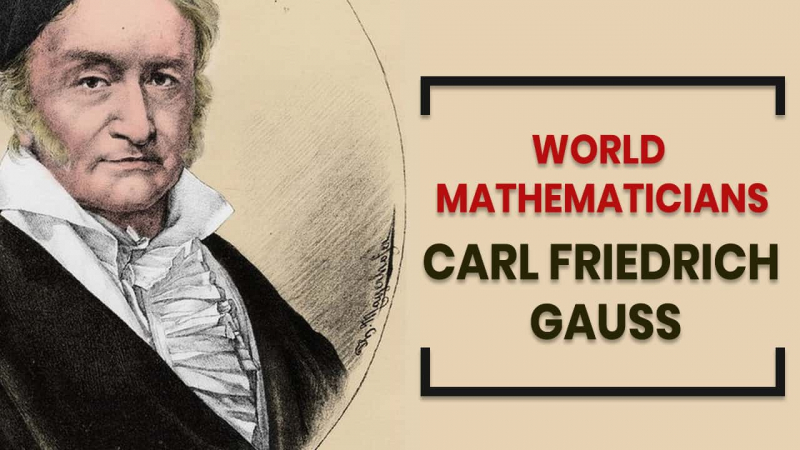Carl Friedrich Gauss
Carl Friedrich Gauss was a German mathematician that made important contributions to several branches of mathematics and science. Regularly alluded to as the Cognomen mathematics Gauss, he is known as "the greatest thinker since antiquity" and "the greatest thinker since antiquity".
Gauss was a fervent perfectionist and a tireless worker. He was never an ambitious author, refusing to publish anything he did not deem to be flawless and above reproach. This conformed to his own credo, "pauca sed matura" (translated as "few, but ripe").
His personal journals reveal that he discovered a number of key mathematics findings decades before his colleagues published them. Eric Temple Bell, a Scottish-American mathematician and author, said that Gauss would have made the entire mathematics field advance by fifty years if he had published all his findings on time.
Carl Friedrich Gauss was reputed to absolutely dislike teaching, but he did accept a few pupils. Supposedly, he only attended one scientific meeting, which took place in Berlin in 1829. Several of his pupils went on to become important mathematicians, including Bernhard Riemann and Richard Dedekind.
Gauss made significant contributions to pure mathematics with his 1802 journal Disquisitiones Arithmeticae, which presented the triple bar emblem for congruency. Later on, he used it in a clear presentation of modulo, enclosed the first two verifiable evidence of the law of non-linear reciprocity, and devised the hypotheses of ternary and binary quadratic shapes.
Born: 1777
Age: 77
Notable ideas: Cyclotomic formula, Gaussian elimination








